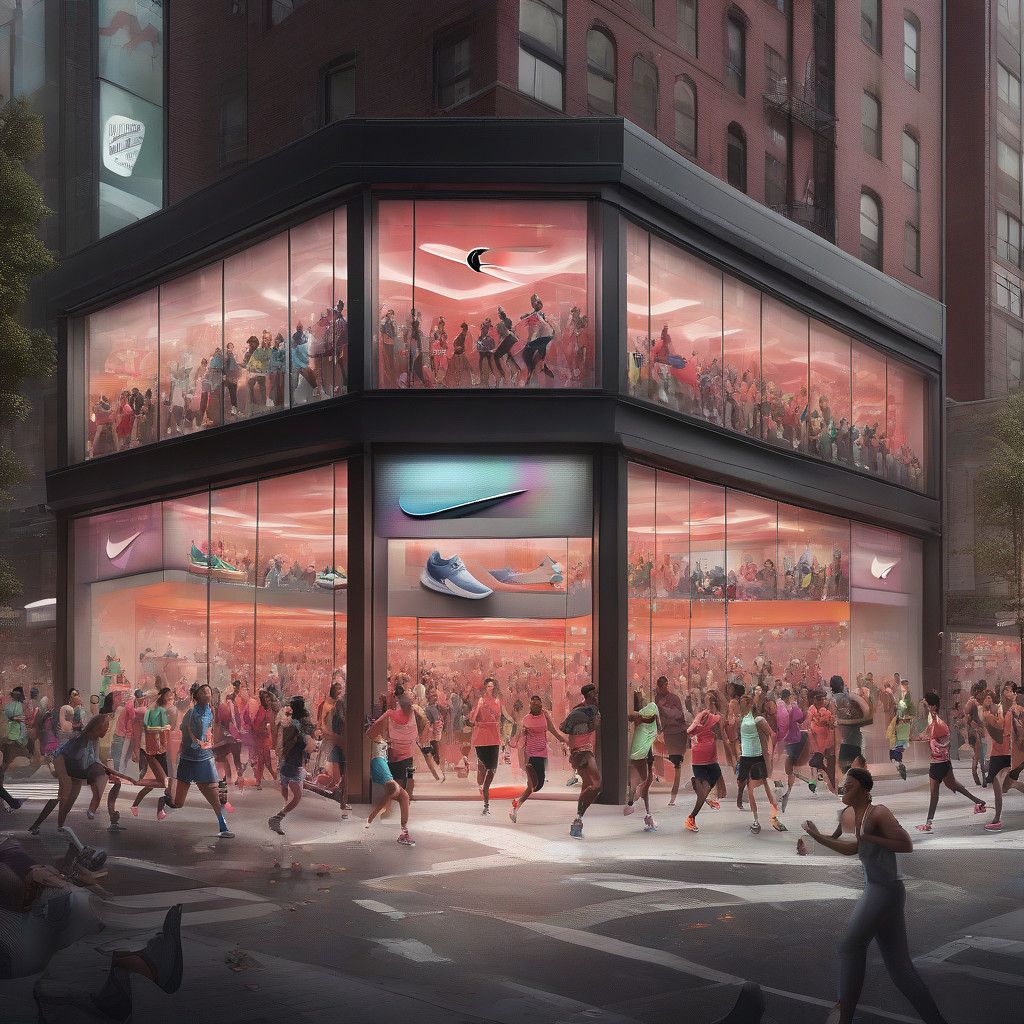Nike, once a titan of the activewear industry, finds itself grappling with unprecedented challenges. While the brand has dominated the market for generations, recent internal restructuring, marketing missteps, and shifts in leadership have raised questions about its future. On a recent episode of The Debrief podcast, hosted by senior correspondent Sheena Butler-Young and executive editor Brian Baskin, BoF sports correspondent Daniel-Yaw Miller discussed how Nike has faced mounting pressure from a wave of new competitors and shifting consumer preferences.
Nike’s strongest competitors are not just established brands like Adidas, but also emerging challengers like Hoka and On, which have swiftly grabbed market share. Miller noted that Nike is at risk of its worst financial performance in over 25 years, stating, “The brand is on course for its worst financial performance in over a quarter of a century, and trouble is brewing everywhere across the organization.”
One glaring issue highlighted in the discussion is Nike’s overreliance on its retro sneaker lines, such as Air Force 1 and Dunks, which are now languishing on store shelves. Once-desirable styles that created fierce demand are now subject to markdowns. The accessibility and oversaturation of these styles have diluted their appeal, leading to consumer fatigue. Miller remarked, “At one time, they were like gold dust… But now they’re sitting on shelves for months and sometimes being discounted.” This situation opens the door for smaller, agile competitors to capture the attention of sneaker enthusiasts.
Despite significant investments in research and development, Nike’s innovation trajectory has hit a snag. Brands like On and Hoka have defined the next wave of trends with innovative features such as On’s CloudTec technology and Hoka’s MetaRocker design. Miller pointed out that “Nike didn’t really have any new products to turn to” during pivotal moments of change in the market. Without fresh offerings to entice consumers, Nike risks losing relevance in a crowded marketplace.
In an effort to recapture its former glory, Nike recently launched the ‘Winning Isn’t for Everyone’ campaign, which signals a return to its bold, provocative marketing strategies reminiscent of the 90s and early 2000s. According to Miller, “This Nike campaign needed to be divisive. Consumers are looking for brands that have a point of view.” The campaign aims to reestablish Nike as not just a choice for athletes, but a brand that embodies a deeper ethos of competition and success.
The internal dynamics at Nike also merit discussion. Speculation about the future of Nike’s CEO has emerged, as there is increased pressure from both consumers and shareholders to enact meaningful change. As Nike attempts to rally its identity and innovation strategies, all eyes are on leadership’s ability to pivot effectively to align with modern consumer expectations and market conditions.
For industry professionals watching Nike’s trajectory, several key insights emerge. Firstly, the overconfidence in retro styles can severely limit a brand’s market adaptability. Secondly, innovation should remain a continuous effort rather than a reactive one. Brands need to stay ahead of trends instead of playing catch-up. Finally, a strong marketing narrative is vital; consumers today seek connection and authenticity. They are drawn to brands that resonate with their values and experiences.
Additional resources including reports and case studies are available for those looking to further understand the shifts within Nike and the broader activewear landscape. As Nike reimagines its approach, it is imperative for industry players to evaluate the brand’s responses and strategies and determine what lessons can be applied to their own contexts.
As Nike navigates its way through these turbulent times, it remains to be seen whether it can reclaim its stature atop the activewear category. The road ahead will undoubtedly challenge the brand’s resilience and its ability to innovate in a fast-paced, ever-changing market.












